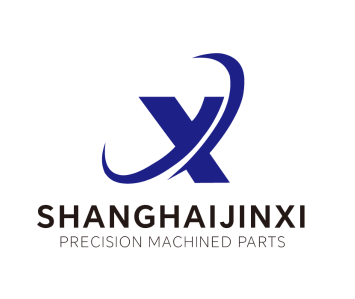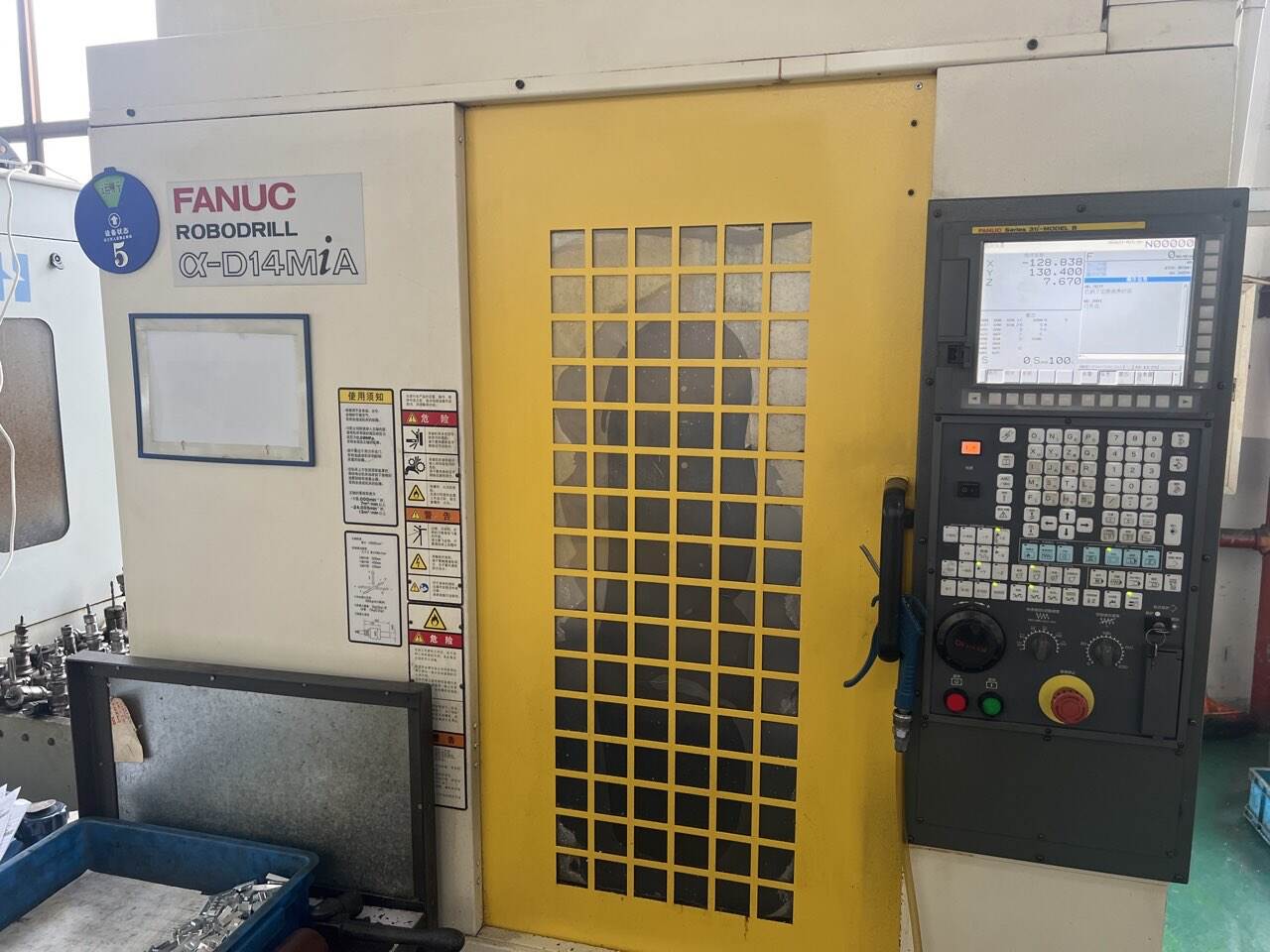Cost-Effective Machining Services for Small and Large Orders
Manufacturing in today’s global economy demands solutions that balance quality, efficiency, and affordability. Companies across industries face the challenge of meeting tight deadlines and delivering products that adhere to strict specifications while maintaining profitability. One of the most reliable ways to achieve this balance is through machining services. These services support industries ranging from aerospace and automotive to medical devices and consumer goods by producing precise, durable components. Yet, beyond precision and quality, cost-effectiveness has become a defining factor in evaluating machining partners. Whether for small custom batches or large-scale production, cost-effective machining services are the cornerstone of sustainable manufacturing.
The term cost-effective does not simply mean low price. In machining, it refers to obtaining the highest value over the full product lifecycle. This includes material selection, production efficiency, reduced waste, reliable quality that minimizes rework, and scalability to handle different order sizes. When businesses partner with machining providers that focus on cost-effectiveness, they gain more than savings; they secure reliability, innovation, and long-term value.
The Fundamentals of Machining Services
Machining services encompass a broad range of processes where raw materials are shaped into finished components through controlled material removal. The most common processes include milling, turning, drilling, grinding, and tapping, while more advanced applications involve CNC machining, electrical discharge machining, and multi-axis operations. These methods are chosen based on the geometry, tolerances, and materials of the required part.
What makes machining services indispensable in modern industries is their precision. Unlike casting or additive manufacturing, machining can achieve extremely tight tolerances and superior surface finishes. This precision is crucial in industries like aerospace, where a small deviation can compromise safety, or in medical devices, where implants and instruments must meet exacting standards.
Cost-Effectiveness in Small Orders
Small orders, often in the form of prototypes, low-volume production, or custom components, are a frequent requirement in industries that emphasize innovation. Startups developing new products, research facilities testing experimental designs, and specialized equipment manufacturers all rely on small-batch machining.
Cost-effective machining for small orders requires flexibility. Providers must be capable of switching between different projects quickly, often with minimal setup times. Advanced CNC machines and CAD/CAM integration enable providers to translate digital designs into physical parts rapidly, reducing the cost of prototyping.
Another important factor is material optimization. Small orders often use expensive materials such as titanium or specialty plastics. Skilled machinists and efficient programming reduce waste, ensuring that costs are kept under control. Cost-effective providers also offer design-for-manufacturing feedback, helping clients modify designs to make machining simpler and less expensive without sacrificing performance.
Lead time is another element of cost-effectiveness. In competitive markets, the ability to move quickly from concept to prototype provides businesses with an advantage. Providers who specialize in small orders streamline workflows to ensure parts are delivered within days rather than weeks.
Cost-Effectiveness in Large Orders
Large orders, such as mass production runs for automotive, energy, or consumer goods, present different challenges. Here, cost-effectiveness is achieved through economies of scale, automation, and lean manufacturing practices. Once tooling and programming are established, providers can produce thousands or millions of identical parts at lower unit costs.
Efficiency is key in large-scale machining. Multi-axis CNC machines that reduce the number of setups, robotic automation that minimizes manual handling, and quality control systems that detect defects early all contribute to lowering costs. High-volume machining also benefits from bulk material purchasing, reducing input costs.
Consistency is equally important. In large orders, even small errors replicated across thousands of parts can lead to significant financial loss. High-quality machining services incorporate rigorous inspection protocols and statistical process control to maintain consistency. This ensures that cost savings are not undermined by rework or product recalls.
Balancing Small and Large Orders in Machining Services
A truly cost-effective machining services provider can manage both small and large orders with equal efficiency. This flexibility allows businesses to scale production seamlessly as their needs evolve. For example, a company may start with prototypes or small pilot runs before moving into full-scale production. Having a single machining partner capable of supporting this growth reduces logistical complexity and ensures continuity in quality.
Providers achieve this balance by investing in versatile equipment and skilled staff. Multi-purpose CNC machines, modular setups, and adaptable workflows allow for quick transitions between low- and high-volume jobs. Strategic planning also ensures that production schedules remain efficient, avoiding bottlenecks when multiple clients with different order sizes are served simultaneously.
Technology as a Driver of Cost-Effective Machining
Technology plays a central role in making machining services cost-effective. CNC machining, with its high precision and automation, reduces human error and accelerates production. CAD/CAM software integration ensures that designs are accurately interpreted and efficiently executed.
Automation extends cost savings further. Robotic arms for material handling, automated tool changers, and real-time monitoring systems increase throughput while reducing labor costs. Advanced metrology tools such as coordinate measuring machines improve quality control, minimizing scrap and rework.
Emerging technologies such as hybrid manufacturing, which combines additive and subtractive methods, also contribute to cost-effectiveness. By pre-forming parts with additive manufacturing and finishing them with machining, providers reduce material waste and machining time.
Quality and Long-Term Value
Cost-effectiveness in machining is not just about the upfront price. High-quality parts reduce long-term expenses by minimizing failures, downtime, and warranty claims. For industries like automotive or aerospace, the cost of a defective part can far exceed the cost of production. Professional machining services that emphasize quality assurance and compliance with international standards such as ISO 9001, AS9100, or ISO 13485 provide long-term value through reliability and risk reduction.
Surface finishes also play a role in cost-effectiveness. A properly machined surface may eliminate the need for additional finishing processes, further reducing expenses. Likewise, precision machining extends the lifespan of assemblies by ensuring better fits, less wear, and reduced friction.
Conclusion
Cost-effective machining services for small and large orders are the foundation of efficient, sustainable manufacturing. For small orders, providers achieve cost-effectiveness through flexibility, quick turnaround, and material optimization. For large orders, they rely on economies of scale, automation, and consistent quality control. The most valuable machining partners are those capable of handling both small and large orders with equal skill, allowing businesses to scale production smoothly while maintaining quality and efficiency.
Technology, quality assurance, and customer collaboration all contribute to cost-effective outcomes. In the long run, businesses that choose machining partners with a focus on both cost and value gain more than savings; they gain competitive advantage, reliability, and the ability to innovate with confidence.
FAQ
What makes machining services cost-effective?
Efficiency, quality assurance, material optimization, and the ability to scale for both small and large orders make machining services cost-effective.
How do machining services support small orders?
They use flexible CNC systems, rapid prototyping, and design feedback to reduce costs and speed up delivery for small batches.
Are large machining orders cheaper per unit?
Yes, economies of scale reduce per-unit costs in large orders, especially when automation and bulk material purchasing are used.
Can one provider handle both small and large orders?
High-quality providers invest in versatile equipment and workflows that allow them to manage both prototypes and mass production.
How does technology lower machining costs?
CNC automation, CAD/CAM integration, robotics, and advanced inspection systems reduce errors, speed up production, and cut waste.
Why is quality important in cost-effective machining?
Reliable parts reduce rework, downtime, and warranty claims, providing long-term savings beyond initial production costs.
Can machining services handle exotic materials?
Yes, professional providers are experienced with metals like titanium and stainless steel as well as engineering plastics and composites.
How quickly can small orders be delivered?
With advanced CNC systems, many providers can deliver prototypes or small batches within days, ensuring faster product development.
Do machining services comply with industry standards?
Professional providers follow certifications such as ISO 9001, AS9100, or ISO 13485 to ensure quality and compliance.
What industries benefit most from cost-effective machining services?
Aerospace, automotive, medical devices, consumer electronics, and energy sectors all rely on machining services for precision and efficiency.
Table of Contents
- Cost-Effective Machining Services for Small and Large Orders
- The Fundamentals of Machining Services
- Cost-Effectiveness in Small Orders
- Cost-Effectiveness in Large Orders
- Balancing Small and Large Orders in Machining Services
- Technology as a Driver of Cost-Effective Machining
- Quality and Long-Term Value
- Conclusion
-
FAQ
- What makes machining services cost-effective?
- How do machining services support small orders?
- Are large machining orders cheaper per unit?
- Can one provider handle both small and large orders?
- How does technology lower machining costs?
- Why is quality important in cost-effective machining?
- Can machining services handle exotic materials?
- How quickly can small orders be delivered?
- Do machining services comply with industry standards?
- What industries benefit most from cost-effective machining services?

